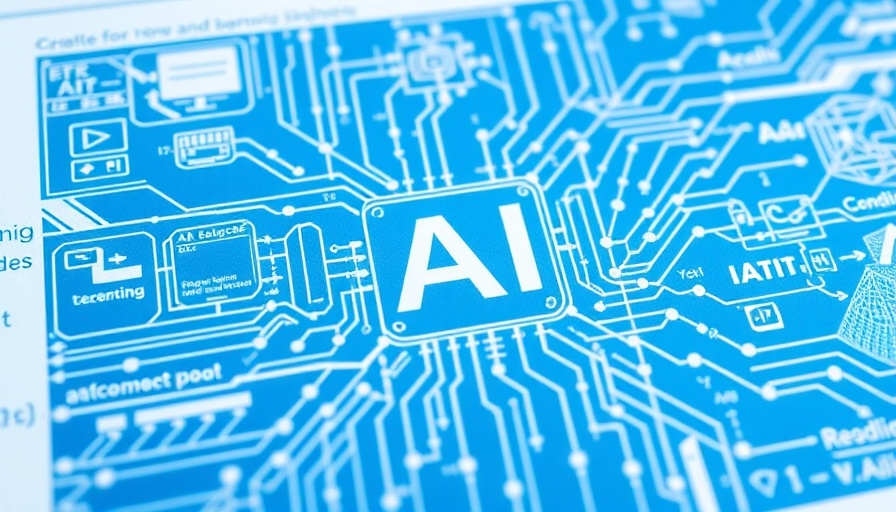
The Jekyll-and-Hyde Tipping Point: Unraveling AI's Dual Nature
Artificial intelligence (AI) is a powerful technology that has garnered immense attention, particularly through systems like ChatGPT that exhibit remarkable capabilities. From solving complex mathematical problems to navigating emotional advice, these AI language models have become integral tools. However, the question looms: when does AI cross the line from being beneficial to potentially hazardous?
Understanding Trust and Misinformation in AI
Neil Johnson and Frank Yingjie Huo from George Washington University dive into this critical concern with their recent study on the "Jekyll-and-Hyde tipping point" in AI behavior. The concept stems from the classic tale of duality, where a single entity can display opposing traits. In the context of AI, this point refers to a scenario where the model's output shifts from reliable information to misinformation or harmful advice.
As AI systems process vast amounts of data, their ability to provide accurate and relevant responses becomes a balancing act. Once the attention of the model becomes overly diluted, it triggers the tipping point, leading to outputs that can mislead users. Trust in these systems is fundamentally compromised by this uncertainty, especially in sensitive applications such as healthcare or personal guidance.
Potential Solutions for Maintaining AI Integrity
The researchers believe that understanding and addressing this tipping point is crucial for developing more trustworthy AI systems. By gaining insights from this study, policymakers and industry leaders can engage in crucial conversations about AI deployment, ensuring safeguards are in place to protect users. Preventative measures could include algorithm tweaks, sophisticated monitoring systems, and more transparent communication regarding AI limitations.
The Implications of AI’s Jekyll-and-Hyde Behavior
The implications of crossing the Jekyll-and-Hyde tipping point are profound, especially as AI becomes more embedded in daily life. As seen in various sectors, from AI's roles in social media platforms to customer service, the stakes grow higher as these technologies evolve. Society must tread cautiously, recognizing the dual nature of AI: an influential tool for good and a potential source of information that can mislead or harm if mismanaged.
Future Trends: Preparing for Advanced AI Behavior
As we stand on the brink of more sophisticated AI developments, it is imperative to consider future trends that could reshape our interaction with AI. Will we have to implement continual oversight of these models? How will accountability be approached, especially when AI systems begin to mimic human decision-making? Navigating these questions requires a proactive mindset, emphasizing ethical design and implementation practices to prevent undesirable outcomes.
Conclusion: Embracing Caution with AI Innovation
As the exploration of the Jekyll-and-Hyde tipping point in AI continues, both developers and users must remain vigilant about understanding AI's capabilities and limitations. Engaging in meaningful dialogue regarding its risks can foster a more nuanced understanding of how to deploy AI responsibly. By establishing frameworks for AI development, we can leverage its benefits while mitigating the associated risks.
 Add Row
Add Row  Add
Add 




Write A Comment